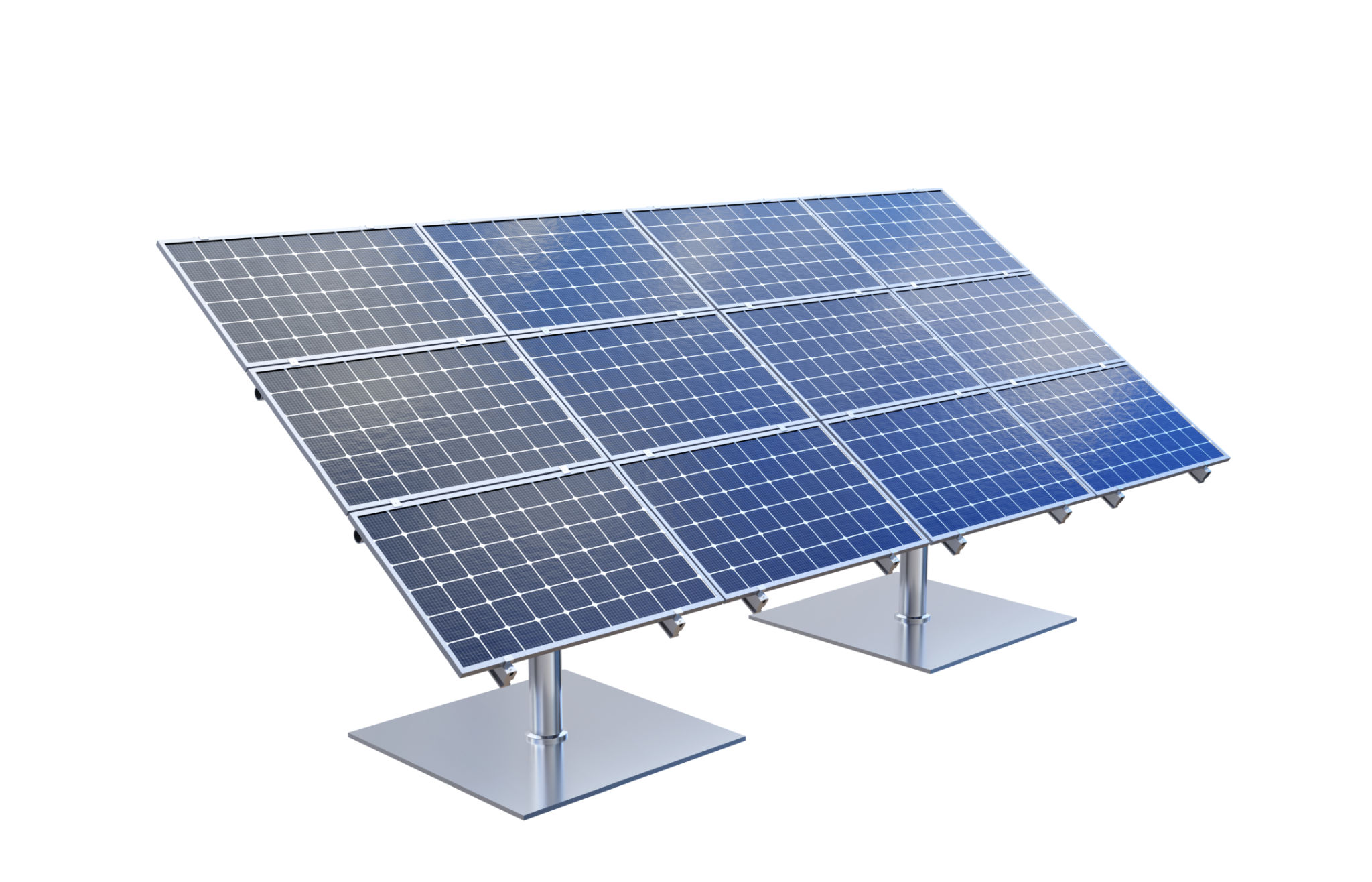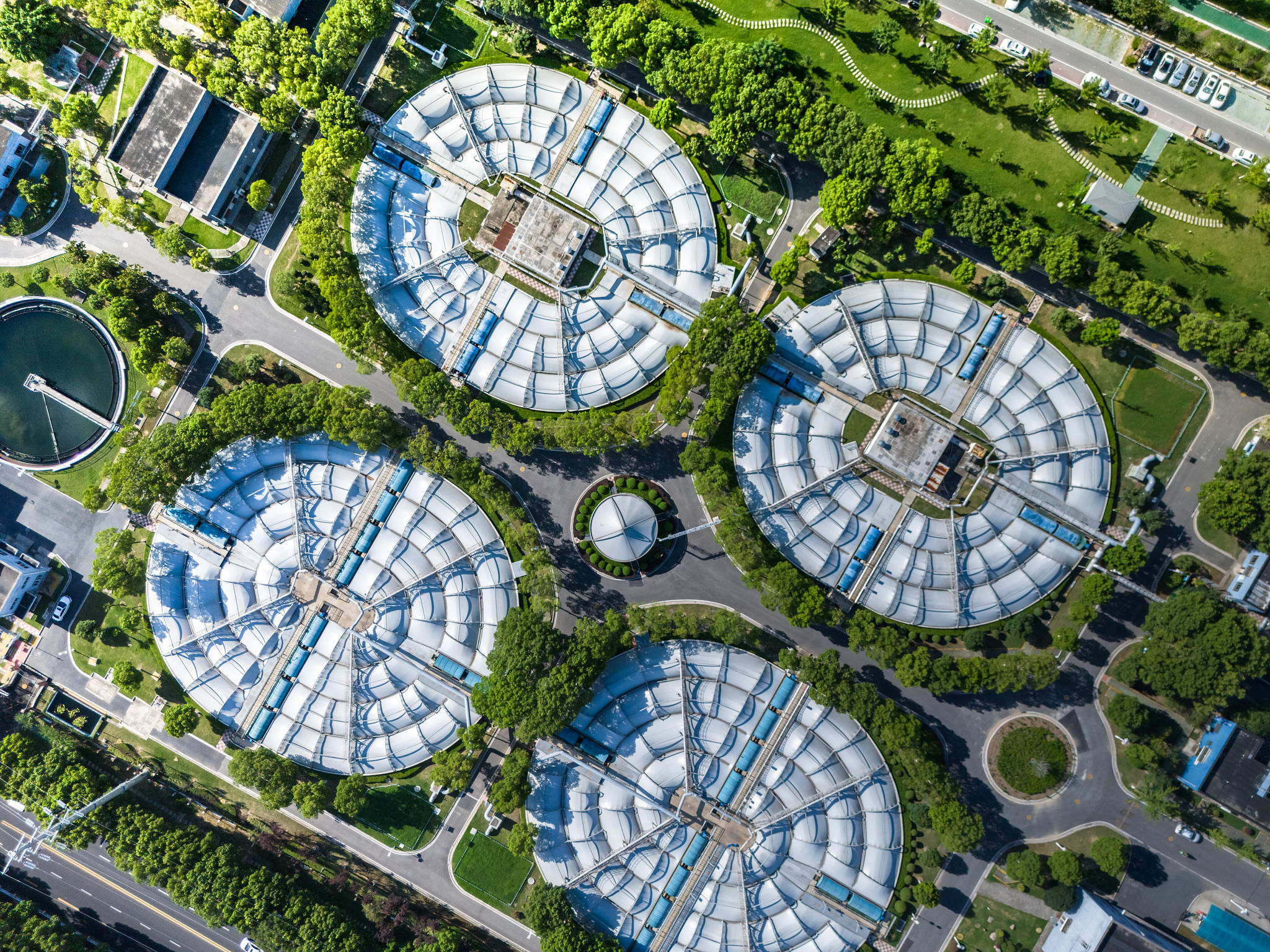The Future of Energy-Efficient Home Trends in Texas
Embracing Energy Efficiency in Texas Homes
Texas, with its diverse climate and sprawling urban areas, is seeing a significant shift towards energy-efficient home trends. As homeowners become more conscious of their environmental impact and energy costs, adopting sustainable practices is not just a trend but a necessity. This movement is driven by advancements in technology, government incentives, and a growing awareness of the benefits of sustainable living.

Smart Technology Integration
One of the key drivers of energy efficiency in Texas homes is the integration of smart technology. Home automation systems, such as smart thermostats, lighting, and appliances, enable homeowners to reduce their energy consumption significantly. These technologies allow residents to control their energy use remotely, optimizing consumption patterns to reduce waste and cost. For instance, a smart thermostat can learn a household's schedule and adjust temperatures accordingly, ensuring comfort while minimizing energy usage.
Solar Power Adoption
With the abundance of sunlight in Texas, solar power is becoming an increasingly popular choice for homeowners looking to reduce their reliance on traditional energy sources. Solar panels are now more affordable and efficient than ever, making them an attractive option for those seeking to lower their carbon footprint and energy bills. Many Texans are taking advantage of state and federal incentives that make solar installations more accessible, contributing to a cleaner energy future.

Insulation and Building Materials
Improving home insulation and using sustainable building materials are essential steps towards enhancing energy efficiency. Proper insulation reduces the need for extensive heating and cooling, which is crucial in a state known for its extreme temperatures. Additionally, the use of sustainable materials, such as recycled steel and bamboo flooring, not only minimizes environmental impact but also improves the durability and efficiency of homes.
Water Conservation Efforts
Water conservation is another critical aspect of energy-efficient home trends in Texas. Homeowners are increasingly adopting water-saving technologies such as low-flow fixtures, rainwater harvesting systems, and drought-resistant landscaping. These measures help conserve water resources and reduce the energy required for water heating and treatment, contributing to overall sustainability.

Energy Star Appliances
Choosing Energy Star-rated appliances is a straightforward yet effective way to enhance a home's energy efficiency. These appliances are designed to consume less energy without compromising performance. Whether it's refrigerators, washing machines, or dishwashers, opting for Energy Star products can lead to substantial savings on utility bills while supporting environmental conservation efforts.
The Role of Government Incentives
The push for energy-efficient homes in Texas is also supported by various government incentives and programs. Tax credits, rebates, and grants are available to encourage homeowners to invest in energy-saving technologies and practices. These incentives make it financially feasible for more residents to upgrade their homes, fostering a culture of sustainability across the state.
Future Trends and Innovations
Looking ahead, the future of energy-efficient home trends in Texas appears promising. Innovations such as energy-efficient windows, advanced HVAC systems, and even home batteries for energy storage are on the rise. As technology continues to evolve, we can expect homes to become even more self-sufficient and sustainable, paving the way for a greener Texas.

In conclusion, the movement towards energy-efficient homes in Texas is gaining momentum as more residents recognize the benefits of sustainability. By embracing smart technology, renewable energy sources, efficient building materials, and water conservation practices, Texans are not only reducing their environmental impact but also enjoying the financial benefits of lower energy costs. As these trends continue to develop, the future of energy-efficient homes in Texas looks bright.
